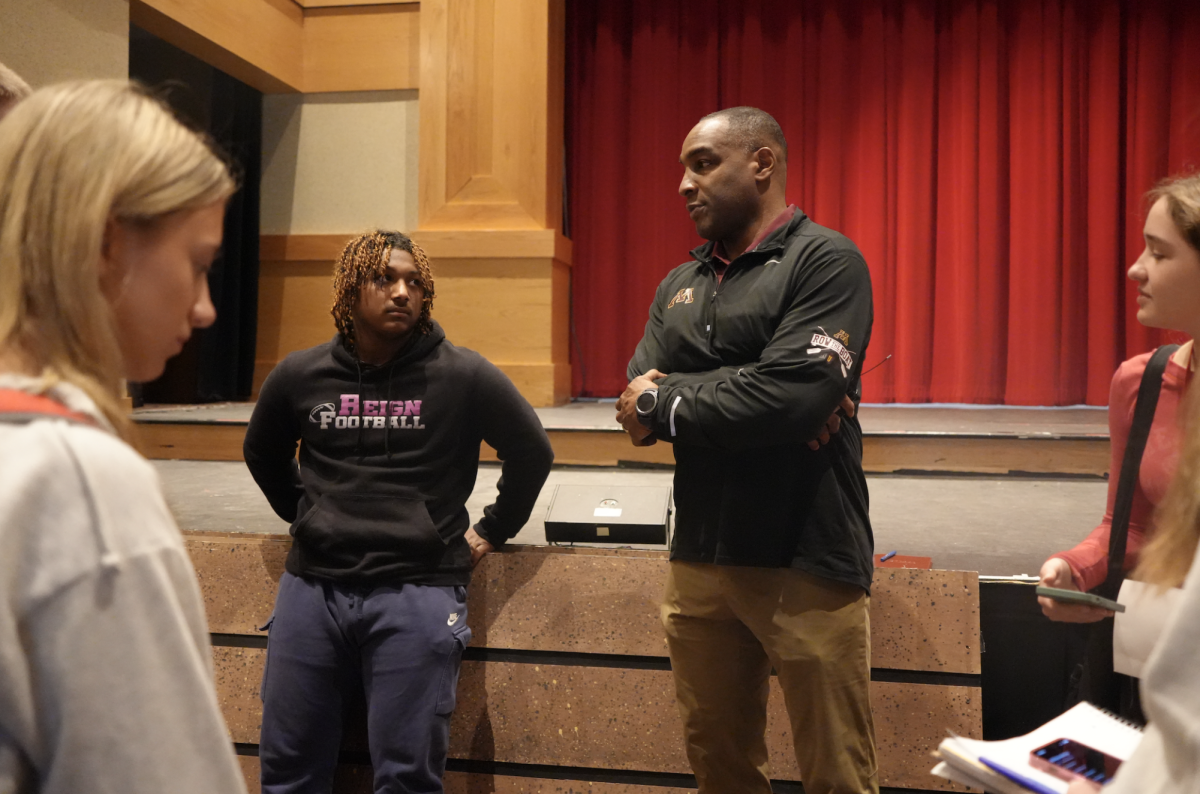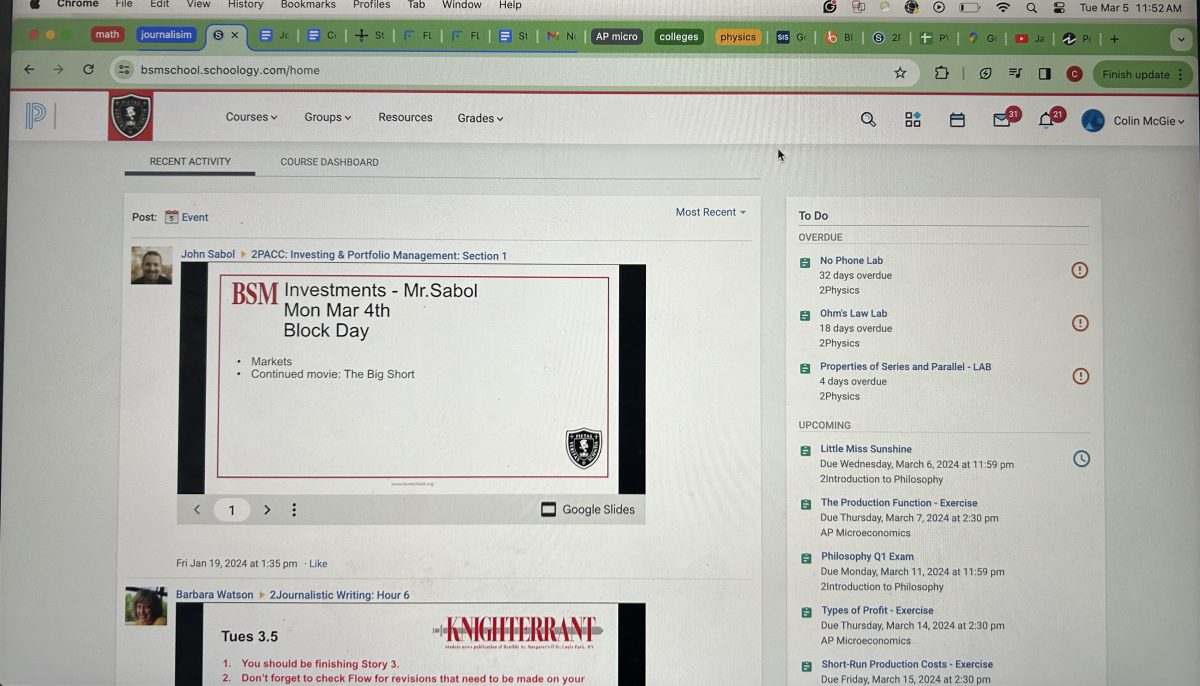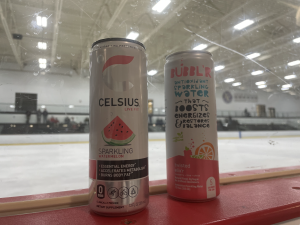Striving to aid depression
As the rate of teen depression begins to increase, many opened up with stories on twitter using #BellLetsTalk to help raise awareness. #BellLetsTalk aims to form communities for those who suffer and aid in suicide prevention.
Instead of reaching out for help, many who are depressed cut others out and shut down—making their symptoms worse.
February 27, 2015
In recent months, adolescents on Twitter have opened up to tell their stories of struggle with mental illness using #BellLetsTalk, increasing awareness that these diseases affect all age groups, races, and ethnic and socioeconomic groups. Those who have Depression, Anxiety, and OCD often get overlooked or their problems are minimized. This social media conversation is a step towards lowering the stigma and changing preconceptions to become more positive.
Like any other disease, mental illness affects many. Ten percent of people are affected by depression, but only a fraction of that amount feel comfortable talking about it. Since high school may be the first time mental disorders can appear, teenagers need more knowledge to help their friends or themselves recover from these disorders.
Many high school students struggle with the emotional highs and lows of the teenage years, but some face deeper issues connected to their disorders. In recent studies from Psychology Today, the number of young adults with depression increased, specifically in high school students. “Today, five to eight times as many high school and college students meet the criteria for diagnosis of major depression and/or an anxiety disorder as was true half a century or more ago,” Dr. Peter Gray said.
Depression is a mood disorder that causes a persistent feeling of sadness and loss of interest. BSM’s Clinical Psychologist, Jeff Steffenson, helps those with the disorder and how it affects their perception of the world. “Basically depression is feeling down, worthless, or guilty. Beyond that, depressed people have insomnia, suicidal thoughts sometimes, irritability, lose interest in normal activities, concentration problems, and things like that. They are seeing the world from a bluer, bleaker place. The goal is to help them get back to regular thinking,” Dr. Steffenson said.
Like many other diseases, the cause of depression can be a result of genetics or environment. According to the National Alliance on Mental Illness, the cause of depression can come from multiple factors such as age, life experience, and brain chemistry imbalance.
Common symptoms shown by people who may be suffering from depression may seem insignificant, but they can lead to deeper and more serious problems. “Notice friends isolating themselves, or grades going down––[counselors] look for the ‘trifecta of doom’: academics, school, and family. If one of those three areas is going bad, it’s not good; two is worse; three we’re in trouble. Pay attention to what people are saying; if they are talking about being sad all the time, having suicidal thoughts, or some people will go to alcohol or drugs to cover up,” Dr. Steffenson said.
BSM has many resources for students in need of someone trustworthy to talk to, one of the most important ways to help students face depression according to Steffenson. “The point is about preventing bad things – roadblocks to success. We want to get on top of things when students struggle,” Dr. Steffenson said.
The counselors offer group sessions that allow students to face problems such as eating disorders or family separation can overcome their struggles together. BSM also offers psychologists and psychiatrists on campus for private meetings with students if they worry about their actions or if a friend seems depressed. “Come to one of the counselors and they will be there—confidential, can talk through it before you bring up the name of the person. The goal is to get it out there as soon as possible, as soon as we can get on the topic, the better the outcome,” Dr. Steffenson said.
Usually, a combination of therapy, medication, and involvement in activities can generate positive results into getting high school students away from depression towards a healthier mental state. “Opportunities in the community [such as] knightlife, link crew, speech, debate, sports—all prevention. Lots of research on exercise and talking being important. That is a matter of getting out there and being able to trust the people around you. Also, go to campus ministry—lots of support up to the kids to take advantage of it,” Dr. Steffenson said.
In order to reduce the present stigma surrounding mental health, it is important to be accepting and supportive of people no matter what they are going through. Students need to come together, no matter their backgrounds, to create a positive community that embraces all types of people and thankfully BSM strives for that.























































